Periodontal Therapy in Litchfield Park, AZ
What is Periodontal Therapy?
In short, periodontal therapy refers to treatment used to prevent or treat gum disease. Gum disease, also called periodontitis, affects the gum tissue and bone surrounding teeth. If left untreated, the disease can cause the teeth to become loose and eventually fall out. Periodontitis is the leading cause of tooth loss in adults but can usually be prevented with regular dental care.
Why Is It Important to Treat Gum Disease?
When gum disease goes untreated, it can lead to tooth loss. Also, the bacteria that cause gum disease can enter your bloodstream and cause inflammation throughout your body, which can result in heart disease, stroke, diabetes, and more.
How Is Periodontal Therapy Performed?
Periodontal therapy is a crucial part of caring for your teeth and gums. Without regular checkups and cleanings, gum disease can progress and eventually lead to tooth loss.
In certain cases, additional periodontal treatments are needed to manage your gum disease. These can either be performed in-office or with the help of the exceptional specialists we work closely with. The most common periodontal treatments include the following:
- Scaling and Root Planing
Scaling and root planing is a non-surgical periodontal therapy that removes plaque and tartar from the tooth and the root. Scaling is the removal of the plaque and tartar from the tooth surfaces, both above and below the gumline. Root planing is the removal of the rough spots on the tooth root that attract plaque and bacteria.
- Pocket Elimination Surgery
Pocket elimination surgery is used to treat gum recession. During this procedure, the dentist will fold back the gum tissue and remove the bacteria before securing the tissue back into place. Pocket elimination surgery helps eliminate pockets between the teeth and gums.
- Soft Tissue Grafting
Soft tissue grafting is a grafting procedure that removes unhealthy tissue from your mouth and replaces it with healthy tissue. This treatment helps rebuild your gumline. It’s commonly used to treat gum recession.
Soft tissue grafting can help improve your gum line and your smile. It can also help prevent more recession and the progression of gum disease.
- Bone Grafting
Periodontal therapy can help restore the health of the gums and underlying bone. If gum disease has caused bone loss, the dentist may recommend grafting procedures to restore lost tissue.
Bone grafting is a procedure in which the dentist uses bone material from another area of your mouth or another source, such as a donor or a xenograft, and stitches the material into the exposed root surfaces. The grafts help stimulate bone growth.
- Guided Tissue Regeneration
Guided tissue regeneration is a technique where special membranes, such as absorbable membranes, are used to encourage new bone and gum tissue growth. This membrane covers the tissue that is producing less bone or gum tissue, allowing the tissue that is doing a better job of healing to thrive.
What Can I Expect Following Periodontal Therapy?
Once your periodontal treatment is complete, you can expect to see a noticeable improvement. However, it is important to keep in mind that a healthy smile takes time. You may not experience the full effect immediately.
After your treatment, it is recommended that you maintain your new smile with a regular dental hygiene routine. This includes daily brushing and flossing, as well as professional cleanings and exams.
Please visit our dental practice at 551 E Plaza Cir, Litchfield Park, AZ 85340, to schedule a consultation with our dentists, call us at (623) 935-1155, or book your appointment online.
Endodontics
Clear Aligner Orthodontics
General Dentistry
Same Day Crowns
Full Mouth Restoration
Biological Dentistry /Amalgam Removals
Restorative Dentistry in Litchfield Park, AZ
Dental Crowns in Litchfield Park, AZ
Dental Bridges in Litchfield Park, AZ
Extraction, Bone Grafts and Implants
Cosmetic Dentistry /Veneers
Location
551 E Plaza Cir,
Litchfield Park, AZ 85340
Office Hours
MON - THU7:00 am - 4:00 pm
FRI - FRI7:00 am - 2:00 pm
SAT - SUNClosed

